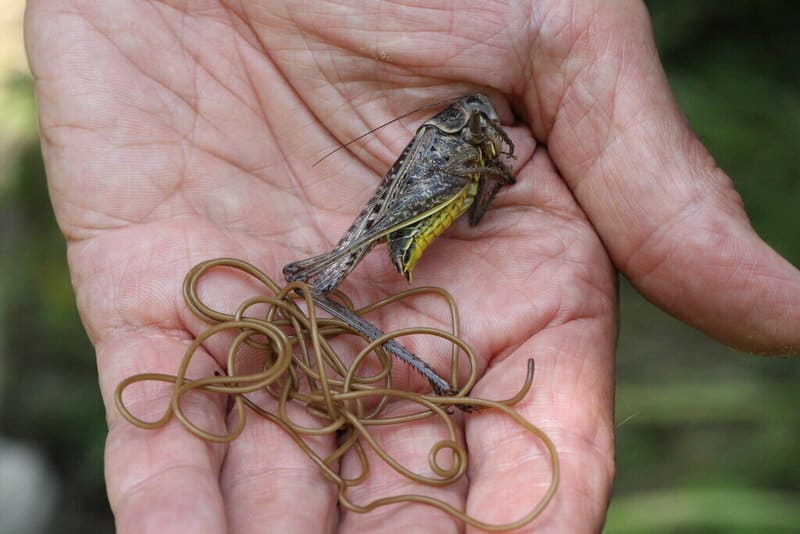A lot has been made about body-snatching parasites in the world of entertainment for years. The question many might have is…how does that even work? How does a parasite not only get in your system but take over your body? To be clear, this article is not just about human bodies. Rather, it is more so about parasites taking over the bodies of animals. However, we will certainly be going over how some parasites could affect human beings. The reason you do not see them take over our bodies much if ever, is because we usually can communicate the issue to medical professionals. They can then help us remove them, or give us medication to do so.
Parasites can get into human bodies in a lot of different ways. Some parasites are inside water sources. If the water is not properly cleaned and filtered, one can get inside the body. They are also capable of being inside raw animal meat along with entering through open wounds. On top of this, when we reference body-snatching parasites specifically, we mean that one is capable of getting inside a body and affecting it negatively. This could result in a complete hostile takeover, or it slowly eats away at the body and lives inside as if it’s an organ. Now that you’re aware of all that, let’s discuss some of these body-snatching parasites!
Euchordodes

Group: Chordodidae
Euchordodes are a family of horsehair worms known to scientists by the name of “chordodidae.” While one would assume a worm is not a big deal, you might need to make an exception for these little guys. Often found in New Zealand, many assume they just pop up around horses. That is not true nor untrue, it is just that it’s not that simple. In spite of being in a nation completely surrounded by saltwater all around it, this species is only known for being a freshwater parasite. This means that it would likely come across wildlife who drank from freshwater sources around the New Zealand territory.
From the map tracking resources, most of these parasites are located around Canterberry, Dunedin, & Southland. That means they’ll only be found in the warmest sectors of this nation, and likely not be spotted much in the northern portion. Stories about these parasites are horrific. They have been known to attach to insects that go on to commit suicide. The insects do not do this because they want to, the parasite takes them over to cause it. The Euchordodes quite literally eat everything inside the insect except only its vital organs. When it has enough, it takes over the insect’s brain to force them to kill themselves. Once they do, it just crawls out.
